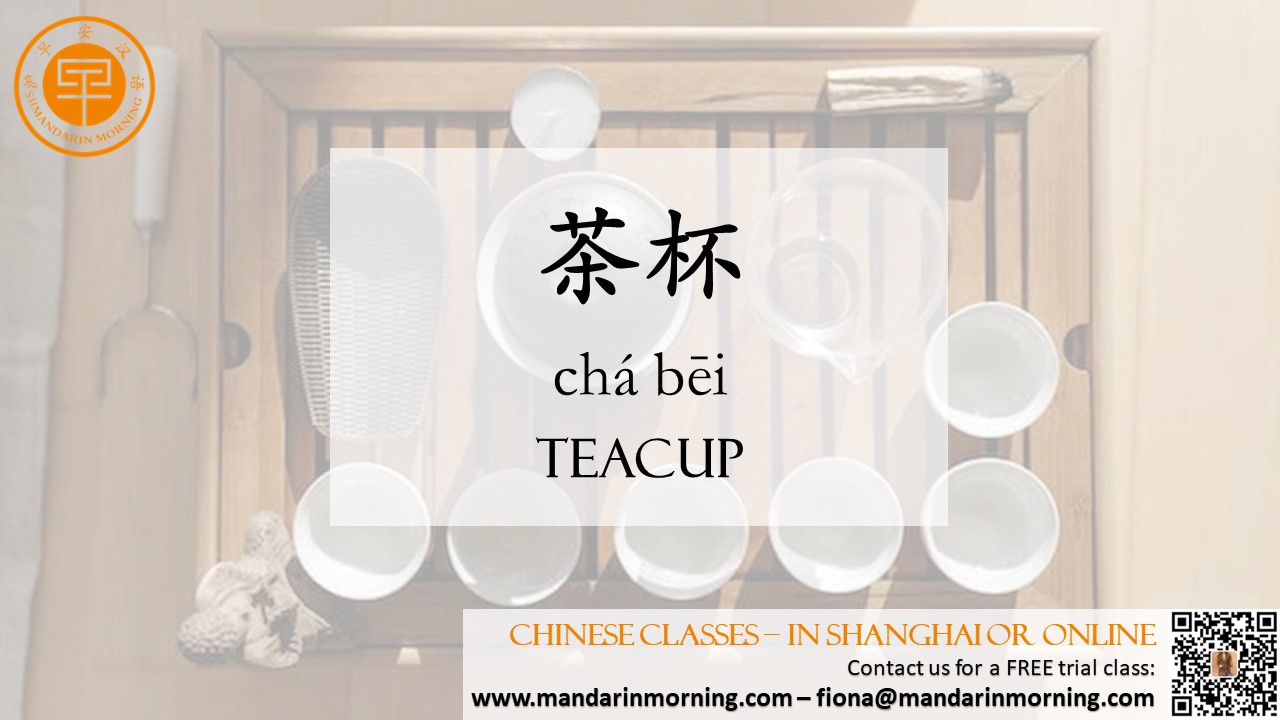Tea can be consumed at home or in teahouses (茶馆 cháguǎn), many of which offer private rooms for drinking tea with friends or business partners. Although tea is consumed by people from every sector of society, most tea connoisseurs tend to be middle-aged business people, intellectuals or artists. Chinese tea ceremonies gain in popularity Much of modern Chinese tea culture revolves around the gongfu tea ceremony (功夫茶 or gōngfūchá). Thought to have originated in Fujian or Guangdong Province, it usually features black, oolong or pu’er tea. At its most basic, the ceremony makes use of tiny teacups (茶杯 chábēi), a tea-brewing vessel such as a gaiwan (盖碗 gàiwǎn) or an Yixing purple clay teapot (紫砂壶 zǐshāhú), a tea strainer, a tea pitcher and a tea table or tray. Other utensils such as tea tongs are optional. The more complicated the ceremony, the more utensils are likely to be involved. Tea tables are often quite large and can be decorated with whimsical tea pets (茶宠 cháchǒng). How to conduct a Chinese tea ceremony Normally, tea ceremonies are run by a host who begins by steeping loose leaf tea in water in a gaiwan or teapot, and then pouring it through a tea strainer into a tea pitcher to filter out bits of tea leaf. Next, the host pours tea from the pitcher onto teacups. Instead of serving this first batch of tea to guests, the host generally pours it out onto the tea table, allowing it to drain into a bucket underneath. This is done to wash the tea cups and also because tea from the first pour is thought to be too strong to drink. This process is then repeated, except that the tea is served to those present instead of being discarded. After being served, guests should either thank the host verbally or express thanks by tapping their bent index and middle fingers on the tea table. This custom is most common in southern China and is said to have originated during the Qing dynasty (1636–1912 CE), when the Qianlong Emperor, who was traveling in disguise, poured tea for a servant. The servant wanted to show his gratitude by kneeling, but couldn’t do so for fear of revealing the emperor’s identity. Therefore, he tapped the table with two bent fingers instead. Everything tea It is possible to spend a great deal of money collecting expensive tea leaves and fine tea accessories, especially Yixing teapots. In some affluent circles, engagement with tea culture is used as a way to “flaunt wealth and invest savings,” a bit like wine culture in the United States. Certain wealthy individuals use their knowledge of tea culture to impress friends and gain prestige. It’s also not uncommon for expensive teas to be given as gifts on important occasions. That said, not everyone you encounter in China is going to be a tea connoisseur. Many won’t even be familiar with the gongfu tea ceremony. Some families don’t have the habit of drinking tea, and some people simply drink it without fanfare in a thermos that they carry with them throughout the day. |